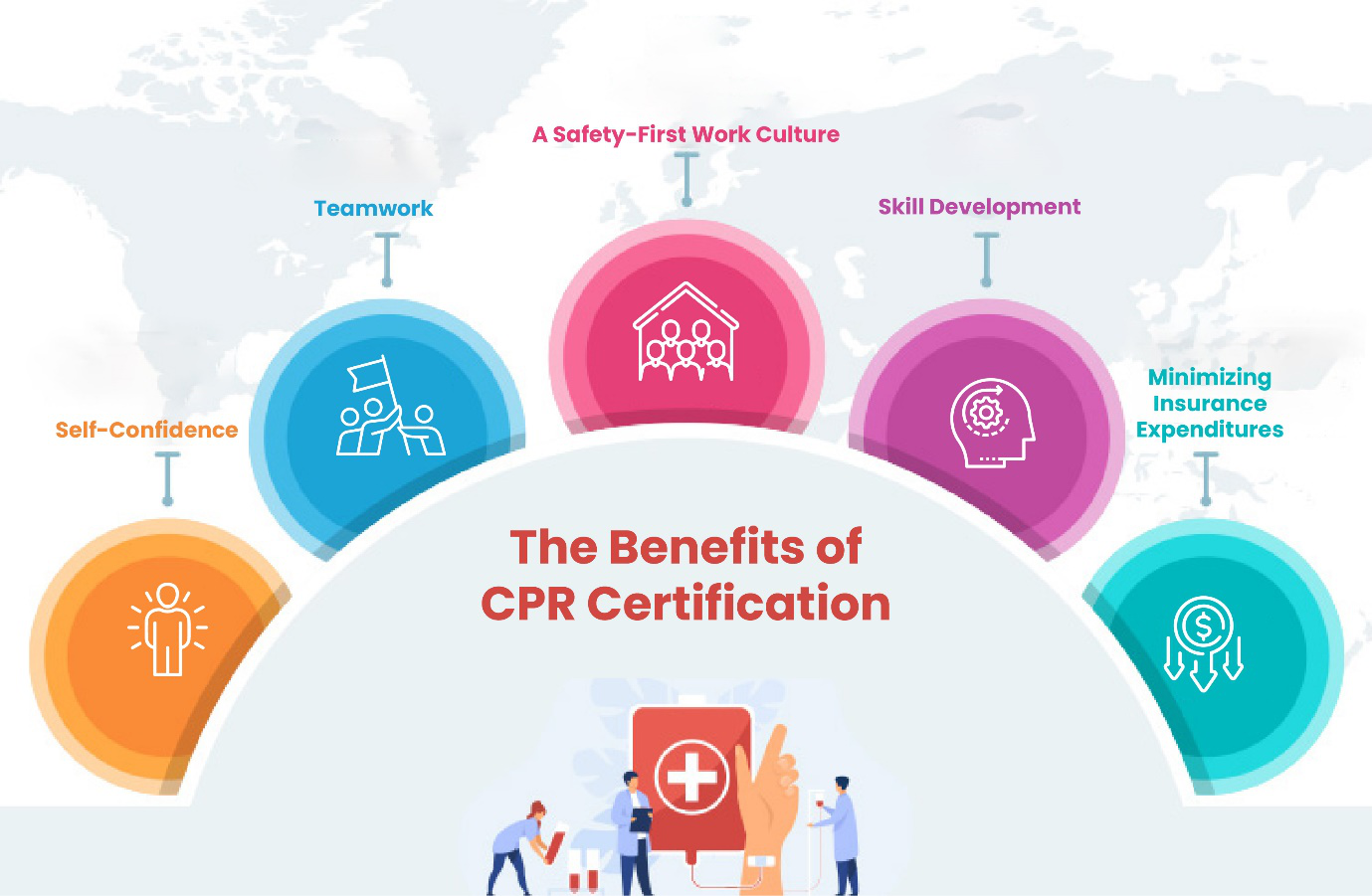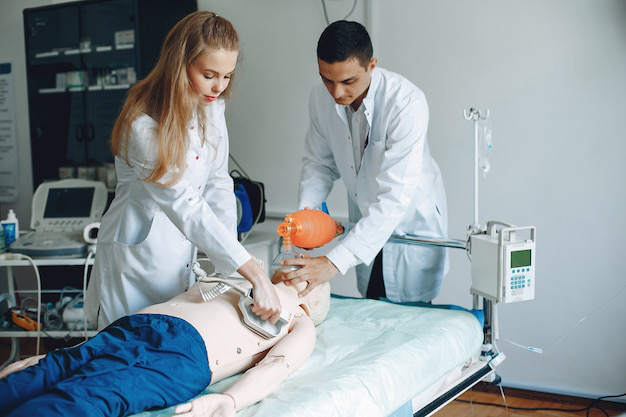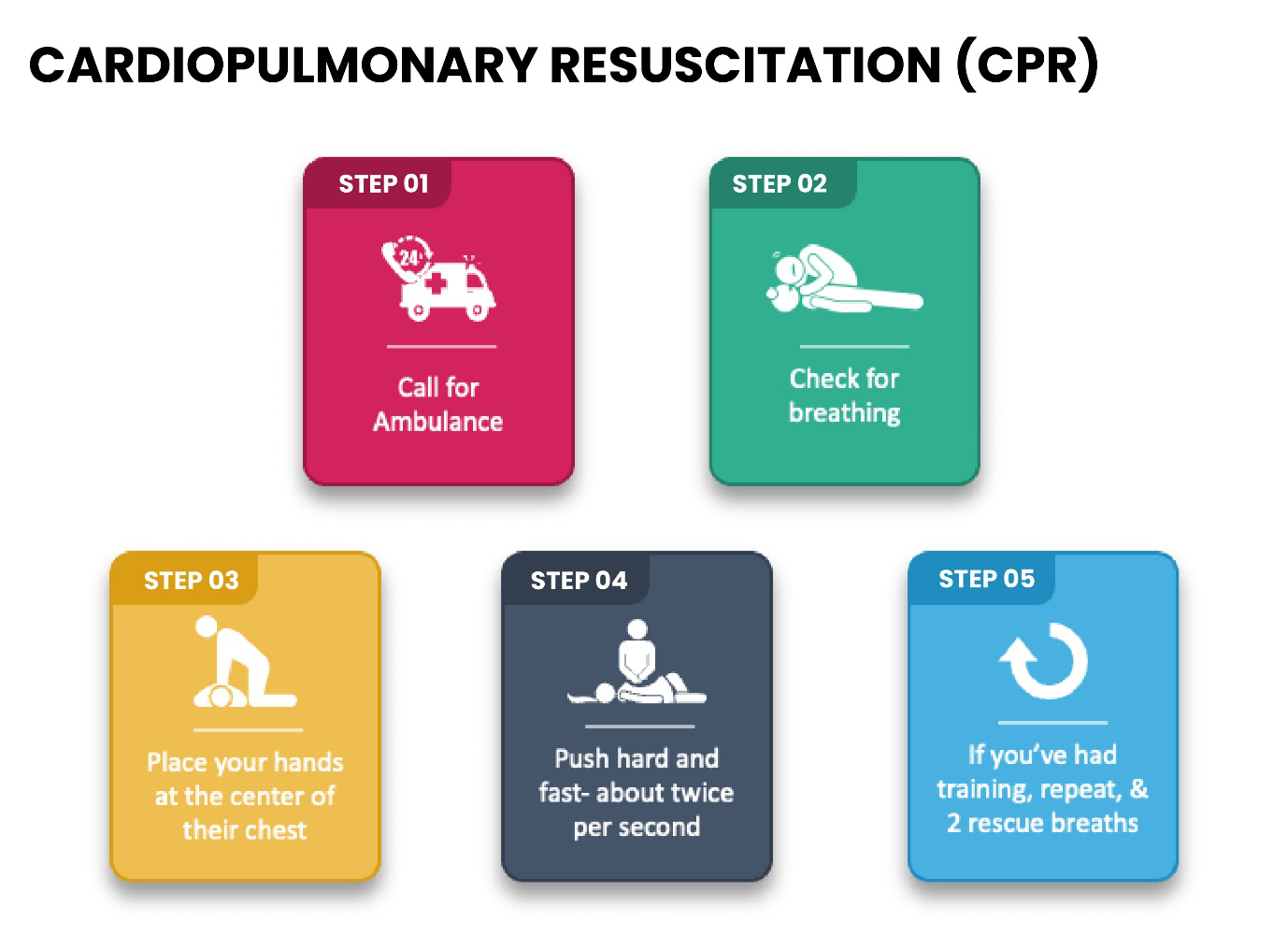CPR (Cardiopulmonary Resuscitation) certification is not just a valuable skill for healthcare professionals; it’s an essential capability for individuals in any workplace setting. In critical situations where every second counts, knowing how to perform CPR can make the difference between life and death.
In this blog, we’ll explore the significance of CPR certification in the workplace, the conditions that may require CPR intervention, the numerous benefits of comprehensive CPR training, and how Metro Safety’s Emergency First Aid Course, endorsed by the Canadian Red Cross, can equip employees with life-saving skills.
5 Conditions That May Require CPR
1. Cardiac Arrest:
This is a sudden cessation of heart function, often caused by an electrical malfunction in the heart leading to arrhythmias. Common causes include heart attack, severe trauma, drowning, or electrocution. When cardiac arrest occurs, the heart is unable to pump blood effectively, causing oxygen deprivation to vital organs.
Without immediate intervention, such as CPR, irreversible damage or death can occur within minutes. CPR involves chest compressions and rescue breaths to maintain blood flow and deliver oxygen to the body’s tissues until advanced medical help arrives. Quick initiation of CPR significantly increases the chances of survival by keeping vital organs oxygenated.
2. Choking:
Choking happens when an object obstructs the airway, preventing air from reaching the lungs. This obstruction can be life-threatening, leading to oxygen deprivation and potential brain damage if not cleared promptly. In severe cases where the individual is unable to cough or breathe, CPR may be necessary to dislodge the obstruction and restore normal breathing. CPR techniques, such as chest compressions and abdominal thrusts, aim to expel the obstructing object and allow air to flow freely into the lungs.
3. Drowning:
Drowning occurs when an individual’s airway becomes blocked by water or when the lungs fill with fluid, preventing normal breathing. This can happen in various water-related incidents, such as swimming accidents or boating mishaps. Oxygen deprivation leads to respiratory distress and, if severe, cardiac arrest. CPR is essential in drowning incidents to restore breathing and circulation.
By performing chest compressions and rescue breaths, CPR helps oxygenate the bloodstream and maintain vital organ function until professional medical assistance arrives. Early initiation of CPR significantly improves the chances of survival and reduces the risk of long-term neurological damage.
4. Drug Overdose:
Drug overdose, particularly involving opioids like heroin or prescription painkillers, can depress respiratory function, leading to respiratory arrest. This means the individual’s breathing becomes dangerously slow or stops altogether. CPR may be necessary in such cases to provide artificial ventilation and circulation.
By delivering oxygen to the brain and vital organs, CPR helps prevent hypoxia (oxygen deprivation) until emergency services administer naloxone, a medication that reverses opioid effects and provides further treatment.
5. Electrocution:
Electric shock disrupts the heart’s electrical system, causing cardiac arrhythmias or even cardiac arrest. Severe electric shock can also cause respiratory arrest, where breathing stops altogether. Immediate CPR is vital to maintaining blood circulation and oxygenation. CPR restores normal heart rhythm and prevents secondary complications such as brain injury or organ damage. Timely initiation of CPR significantly improves the chances of survival and reduces the risk of long-term disability in electrocution victims.
The Advantages of CPR Certification
For residents of British Columbia, we bring great news! Metro Safety has extended its services to multiple areas, including Burnaby, Vancouver, and Surrey. Now, you can enrol in our emergency first aid training courses to gain expert CPR certification that has been vetted by the Canadian Red Cross. Let’s explore what you stand to gain from this course.
1. Building Life-saving Expertise
Our CPR certification goes way beyond basic theory. We train your staff to perform high-quality chest compressions, a critical element in maintaining blood flow during cardiac arrest. Our instructors emphasize proper hand placement, compression depth (at least 2 inches for adults), and rate (100-120 per minute) to maximize blood circulation. Additionally, we delve into rescue breathing techniques, including head tilt, chin lift, and seal creation for effective ventilation.
Furthermore, our programs cover the use of Automated External Defibrillators (AEDs). Participants learn to identify the need for an AED, locate the nearest device within your workplace, and confidently utilize it by following clear voice prompts. This comprehensive approach ensures your staff is equipped to handle all aspects of a cardiac arrest situation, increasing the victim’s chance of survival.
2. Scenario-Based Training
The workplace can be susceptible to unexpected medical emergencies. Equipping your staff with CPR certification fosters a sense of preparedness, allowing them to react calmly and efficiently in a crisis. Metro Safety doesn’t just teach the steps – we prepare your team for real-world scenarios. Our Emergency First Aid Courses incorporate interactive drills, simulating emergencies you might encounter at work.
Such scenarios might involve practicing CPR on mannequins using certified techniques, utilizing training AEDs, and effectively communicating with emergency personnel. This hands-on approach allows participants to solidify their skills, practice decision-making, and develop teamwork in a controlled environment. Ultimately, this translates to a well-coordinated team response during a real-life emergency, potentially saving valuable time and maximizing the chances of a positive outcome.
3. Confidence in Action
Mastering CPR techniques through certification not only equips your staff with life-saving skills but also instillsa profound sense of confidence, empowering them to act decisively and with composure when confronted with emergencies. They are no longer bystanders, but active participants in the chain of survival, ready to take charge and potentially save a life.
Studies show that CPR certificationfosters a sense of empowerment and self-reliance in other aspects of professional and personal life. Individuals feel more equipped to handle challenges and navigate complex situations with a sense of control and capability.
4. Optimizing Response Times
CPR certificationalso plays a vital role in minimizing the delay between a cardiac arrest and the initiation of life-saving measures. These programs equip individuals with the skills to recognize the signs of cardiac arrest, such as unresponsiveness and abnormal breathing. Following this recognition, certified individuals can promptly initiate CPR, including chest compressions and rescue breaths.
The time between a cardiac arrest and the commencement of CPR significantly impacts survival rates. Each passing minute decreases the chances of successful resuscitation. CPR certificationthus empowers individuals to act decisively during these critical first minutes, potentially preventing irreversible brain damage and organ failure. This underscores the importance of our first aid courses in mitigating the devastating consequences of cardiac emergencies.
5. Regulatory Compliance
Many regulatory bodies and occupational health and safety agencies recognize CPR certification as a cornerstone of emergency preparedness and response. In specific industries or job roles, CPR certification might even be mandated, highlighting its critical role.
By ensuring employee CPR certification, organizations go beyond simply ticking a compliance box. They showcase a proactive stance towards meeting legal obligations and upholding stringent workplace safety mandates. This compliance not only mitigates the risk of fines and penalties but also fosters a culture of accountability and responsibility within the organization.
6. Cost Efficiency
Finally, CPR certificationalso offers organizations a significant financial advantage by mitigating the potential costs associated with medical emergencies. Early intervention with CPR can prevent complications and reduce the need for extensive medical treatment. This translates to substantial cost savings for organizations in two key areas: healthcare expenses and employee absenteeism.
By equipping employees with the skills and confidence to respond effectively in emergencies, CPR certification fosters a more proactive approach to workplace safety. This can minimize the severity of medical emergencies, reducing the need for expensive long-term medical interventions. Additionally, a well-trained workforce experiences fewer complications and quicker recoveries, leading to a decrease in employee absenteeism due to illness or injury.
Enrol Today: Metro Safety’s Emergency First Aid Course with CPR Certification
Ready to equip your workforce with life-saving skills? Explore Metro Safety‘s comprehensive CPR certification courses endorsed by the Canadian Red Cross.
Our Emergency First Aid Course covers essential CPR techniques, AED usage, and choking management, ensuring your employees are prepared to respond confidently to medical emergencies in the workplace. With experienced instructors and hands-on training, Metro Safety delivers top-quality instruction that meets regulatory compliance standards and enhances workplace safety.
We also offer a range of other essential training programs to enhance workplace safety. Explore our Occupational First Aid (OFA) courses, which include comprehensive training in first aid techniques tailored to various workplace environments. Additionally, our Confined Space Safety course equips participants with the knowledge and skills to work safely in confined spaces, while our Fall Protection course focuses on preventing falls and minimizing risks in elevated work areas.
Invest in your team’s safety and well-being by enrolling them in our accredited CPR certification and other specialized training courses. Contact us now to schedule training sessions and ensure your workforce is prepared to handle emergencies effectively.











